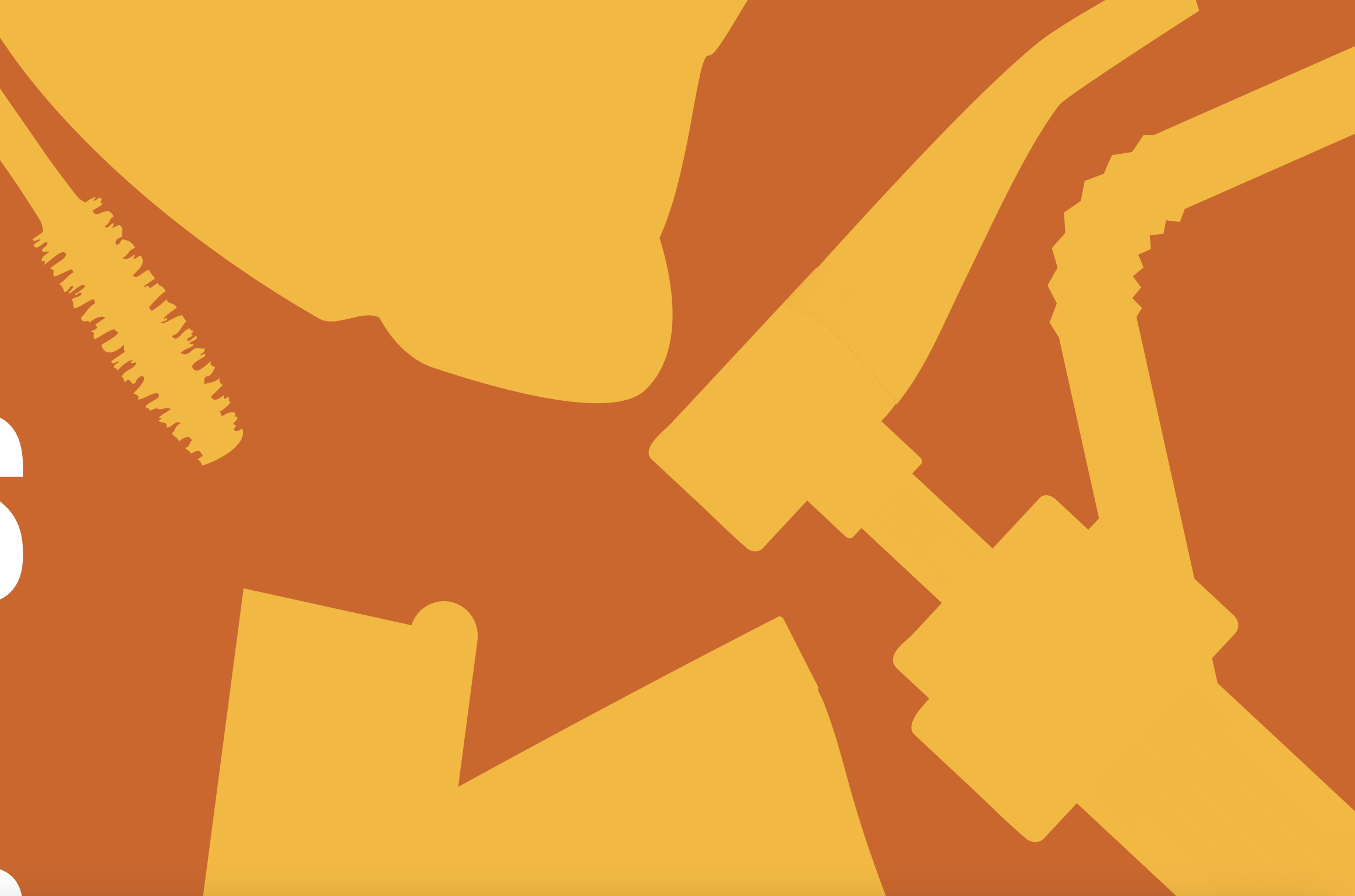Each year, consumers buy billions of products—beauty items, medications and food—packaged in small-format plastic that is difficult to recycle due to its size and other factors.
The Center for the Circular Economy is laying the groundwork to recover more of these materials, identifying recovery pathways to divert them from landfill.
Based on over 18 months of fieldwork, our report reveals a viable pathway to recover tens of thousands of tons of valuable small materials––including plastics like polypropylene––from materials recovery facilities and glass recycling plants across the U.S. These promising findings demonstrate the positive economic and environmental impact of recovering small-format packaging, catalyzing the launch of a new industry collaboration managed by Closed Loop Partners’ Center for the Circular Economy: the Consortium to Recover Small-Format Packaging.
The report builds on over two years of market research and comprehensive recycling tests in partnership with Maybelline New York and its parent company, L’Oréal Groupe, bolstered by the support of additional partners Kraft Heinz, P&G and Target.


.svg)



